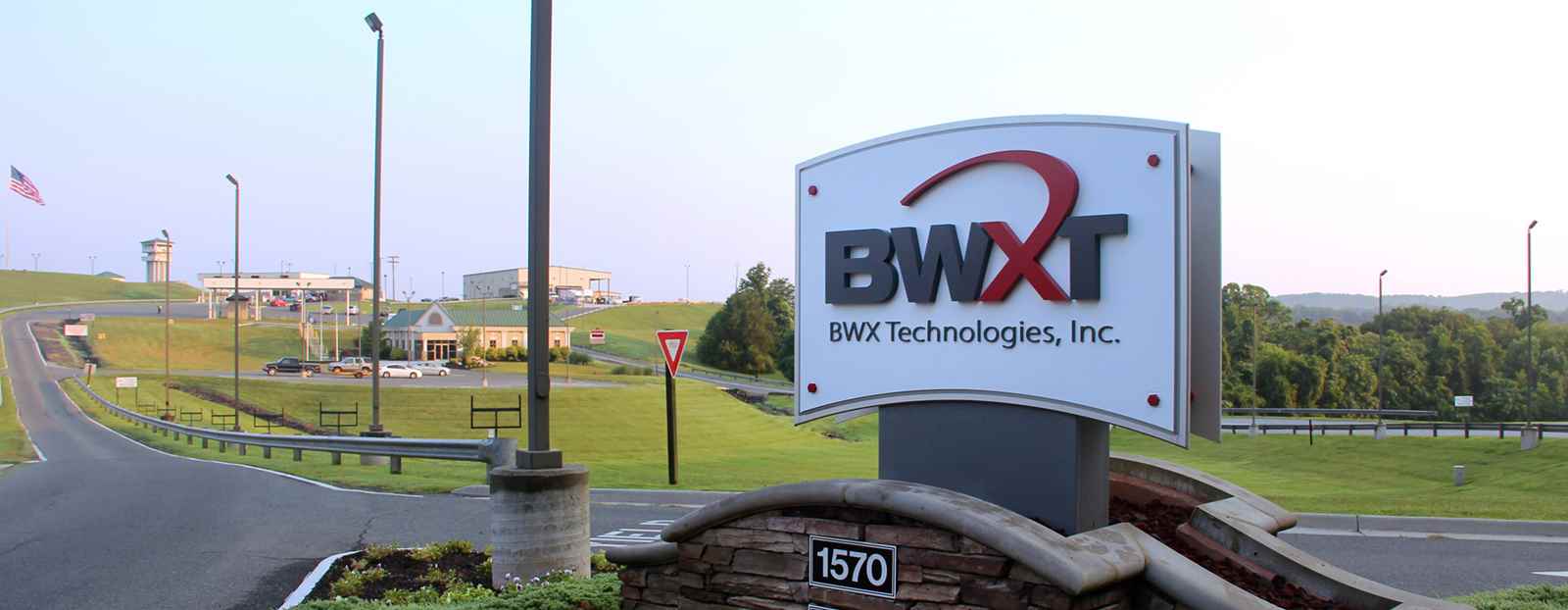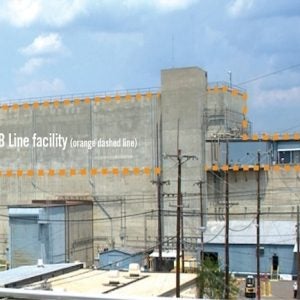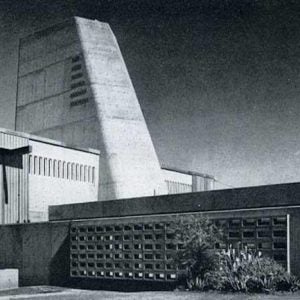 BWX Technologies (BWXT) has celebrated the landmark production of TRISO nuclear fuel that will power the first microreactor built and operated in the USA. The event was attended by officials from the US Department of Defense (DOD), Department of Energy (DOE), NASA and Idaho National Laboratory (INL).
BWX Technologies (BWXT) has celebrated the landmark production of TRISO nuclear fuel that will power the first microreactor built and operated in the USA. The event was attended by officials from the US Department of Defense (DOD), Department of Energy (DOE), NASA and Idaho National Laboratory (INL).
TRIstructural ISOtropic (TRISO) fuel comprises three layers of carbon and ceramic materials that surround kernels or balls of high-assay low-enriched uranium (high-assay low-enriched uranium (Haleu) fuel. The coatings have uniform characteristics in all directions. Fuel particles, each the size of a poppy seed, are enriched to a level four times higher than fuel used in most of today’s commercial nuclear reactors. The coatings retain fission products, making each particle its own containment system. They also protect the fuel from the factors that most degrade performance in conventional reactors – neutron irradiation, corrosion, oxidation and high temperatures. DOE says TRISO is “the most robust nuclear fuel on earth”.
Under a $37 million award from INL, BWXT will manufacture a core for Project Pele, TRISO fuel for additional reactors and coated particle fuel for NASA. INL administers the contract and provides the technical support and oversight. Fuel for the reactor will be down-blended from US government stockpiles of high-enriched uranium (HEU) to HALEU and fabricated into TRISO fuel at the BWXT facility in Lynchburg, Virginia. BWXT facilities are the only private US facilities licensed to possess and process HEU.
“TRISO particle fuel is ideal for the next generation of reactors poised to help us meet our country’s clean energy goals,” said DOE Assistant Secretary for Nuclear Energy Dr Kathryn Huff. “It is extremely exciting to see decades of DOE’s investments in TRISO fuel’s robust safety performance paying off to power many of the most innovative advanced reactor designs to be deployed within this decade.”
The Project Pele microreactor is designed to be capable of being safely transported in standard-sized shipping containers. Microreactors are designed to reduce the need for vulnerable fossil fuel deliveries relied on by the US military, and also to provide power for disaster response and recovery, power generation in remote areas and deep decarbonization efforts. “With supreme safety and performance characteristics, advanced nuclear fuels are the key enabler for fielding of next-generation reactor technologies,” BWXT President and CEO Rex D Geveden said. “We are extremely pleased to initiate full-scale production of TRISO for the Pele program and further develop similar coated nuclear fuel technology for space exploration programs with NASA. This differentiating capability at BWXT results from a longstanding partnership with the Department of Energy’s Idaho National Lab, and it is gratifying to reach this milestone.”
INL Laboratory Director John Wagner said: “This commercial TRISO fuel production line is the culmination of more than 15 years of work at INL and other DOE national laboratories, in partnership with BWXT, to develop and qualify this fuel with immense potential for use in microreactors, space reactors and other advanced reactor concepts,”. “As the United States moves steadily toward a carbon-free energy future, nuclear power is an essential part of the journey. Project Pele will demonstrate the viability of this fuel type, opening the door for other advanced reactors.”
BWXT Advanced Technologies announced in June that it was selected by the DOD Strategic Capabilities Office (DOD SCO) to manufacture and deliver the Project Pele prototype microreactor to INL. The fuel will be delivered to the lab separately.
“TRISO fuel is capable of providing years of zero-carbon 24/7 energy in a safe and rugged form, with strategic implications for the DOD toward both its energy resilience and climate-change goals,” SCO Director Jay Dryer said.
BWXT has expanded its specialty coated fuels production manufacturing capacity through previously announced awards funded by DOD Operational Energy Capabilities Improvement Fund Office and NASA and program management provided by SCO. In addition to TRISO, BWXT also produces specialty coated fuels for NASA in support of its space nuclear propulsion project within the agency’s Space Technology Mission Directorate. "The high efficiency and high thrust provided by nuclear propulsion makes it an enabling capability for human missions to Mars," said Associate Administrator for NASA’s Space Technology Mission Directorate James L Reuter. "Advancing nuclear fuels and systems are key to achieving our






